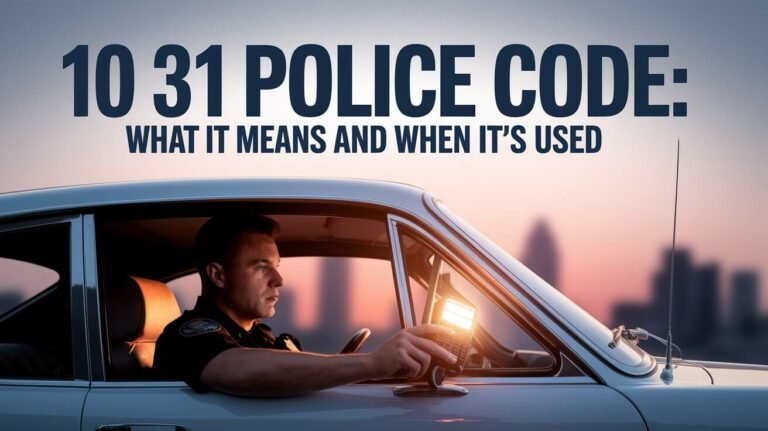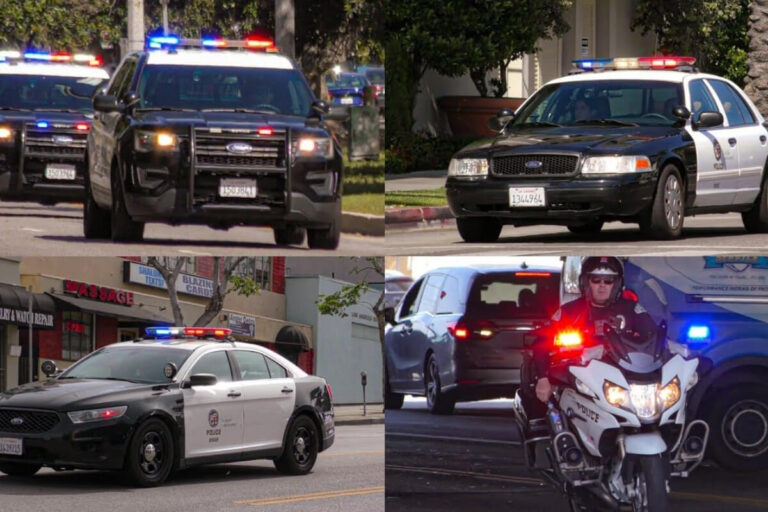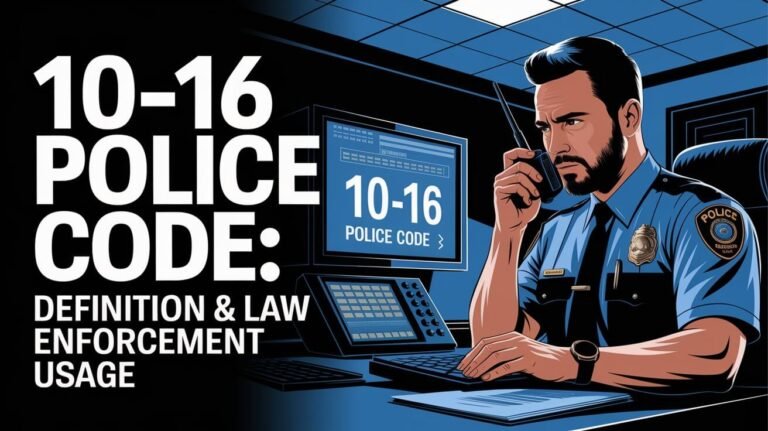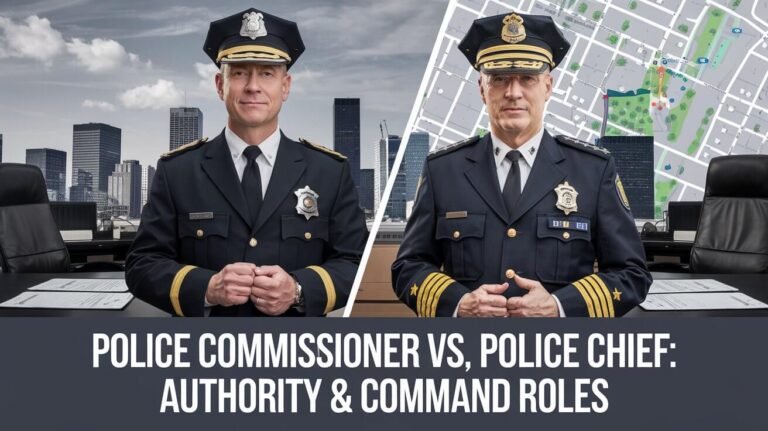New York City Police Commissioner: Roles and Impact
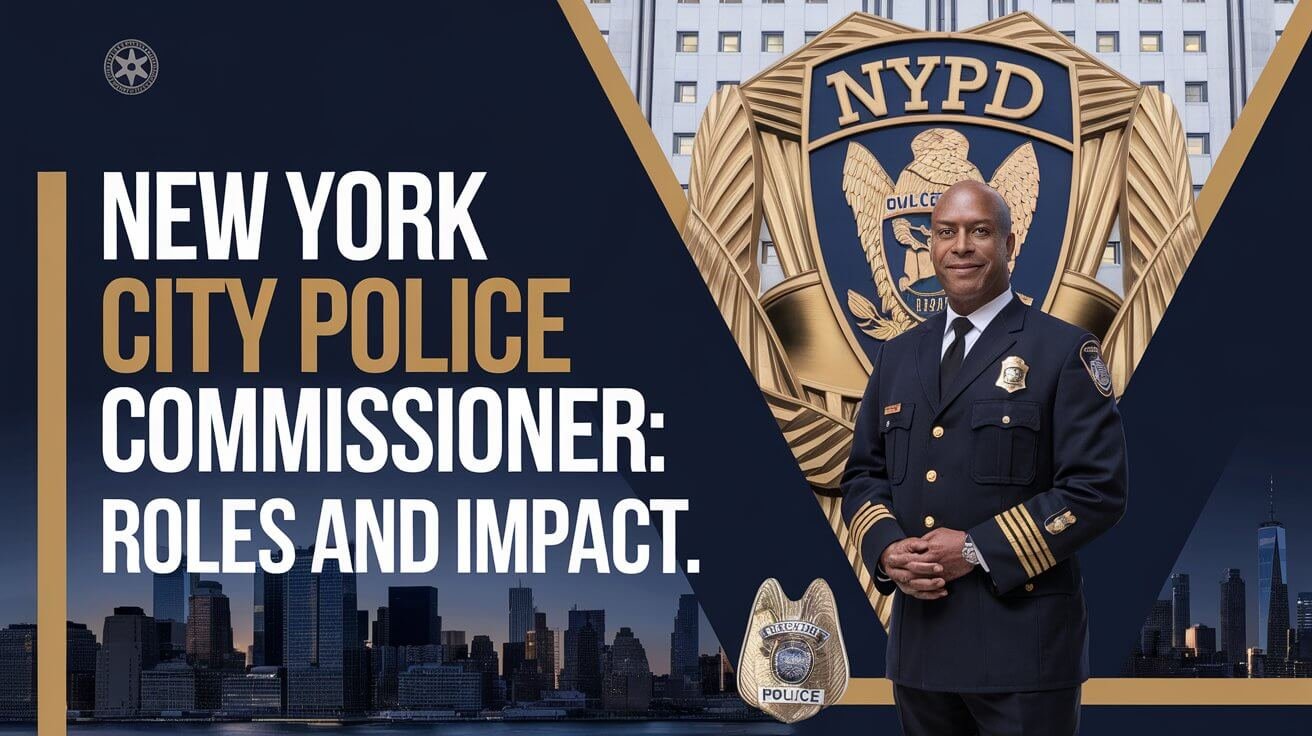
The New York City Police Commissioner is key to keeping the city safe. They oversee the NYPD’s daily work. The current commissioner, Jessica Tisch, has 12 years with the NYPD and 17 in city government.
As the 48th commissioner, Jessica Tisch has made a big difference. She helped create the Domain Awareness System and started the body-worn camera program. With her experience, Tisch is leading the NYPD to protect and serve the community.
Role Within NYPD Command Structure
The New York City Police Commissioner is key in the NYPD command structure. They oversee the department’s operations and administration. This includes managing the budget, personnel, and policies, which are vital for police work.
The commissioner has a wide range of responsibilities. They make strategic decisions and lead the law enforcement efforts.
Within the NYPD, the Police Commissioner is backed by a First Deputy Commissioner and Chief of Department. The First Deputy Commissioner oversees civilian staff and outranks all uniformed officers. This setup is key for effective leadership and administration.
Key Responsibilities
The commissioner appoints deputy and assistant commissioners for administrative roles. The department’s staff includes both civilian and uniformed members. Civilian staff handle support services, while uniformed officers focus on crime investigations.
Organizational Hierarchy
The NYPD is split into 20 bureaus, with 6 focused on enforcement. There are 12 deputy commissioner roles, covering areas like Operations and Intelligence & Counterterrorism. This structure is vital for effective administration and leadership.
| Deputy Commissioner Roles | Responsibilities |
|---|---|
| Operations | Overseeing department operations |
| Collaborative Policing | Building community relationships |
| Intelligence & Counterterrorism | Gathering and analyzing intelligence |
The NYPD’s command structure supports effective leadership and administration. The Police Commissioner is at the heart, overseeing the department’s work.
Historical Evolution of the Commissioner Position
The history of the NYPD is long and complex. The police commissioner has been key in shaping the department. The role has changed a lot over time, with each commissioner leaving their mark.
The NYPD started in 1845, replacing earlier forces. It has grown to meet the city’s changing needs. Important events like the New York Draft Riots in 1863 and the Tompkins Square Riot in 1874 have shaped the department.
Police commissioner has fought corruption and brought reforms. The Lexow Committee in 1894 aimed to clean up the NYPD. This led to big changes, including a civil service system. Today, the commissioner is essential in keeping the city safe.
| Year | Event | Impact on NYPD |
|---|---|---|
| 1845 | NYPD established | Replaced previous force, marked beginning of modern policing |
| 1863 | New York Draft Riots | Highlighted need for effective law enforcement |
| 1894 | Lexow Committee established | Led to calls for civil service system, marked important milestone in law enforcement evolution |
The NYPD’s history is rich and complex. The police commissioner has been vital in shaping the department. As the city grows, the commissioner will keep ensuring public safety and meeting community needs.
Daily Operations Management
The New York City Police Commissioner is key in managing the department’s daily tasks. They oversee police operations and make sure plans are in place to meet community needs. They also manage resources well to help officers do their jobs.
This balance ensures officers can handle emergencies and stop crime. It’s all about using the department’s resources wisely to serve the community.
Key aspects of daily operations management include:
- Strategic planning to address community concerns and prevent crime
- Resource management to ensure officers have the necessary tools and support
- Emergency response coordination to quickly and effectively respond to incidents
Good daily operations management is vital for keeping the public safe and trusting the police. By focusing on planning, resource use, and emergency response, the commissioner helps the NYPD meet New York City’s policing needs.
Policy Formation Process
The New York City Police Commissioner plays a key role in creating policies. These policies impact both the community and the police department. The commissioner must understand the community’s needs and the department’s abilities.
Engaging with the community is vital. The commissioner listens to concerns and ideas. This helps in making policies that are fair and effective.
The NYPD has worked hard to increase accountability. They created a discipline penalty matrix with input from various groups. This matrix guides penalties for misconduct. Any changes must be explained and shared publicly.
The NYPD has also made big changes. They gave body-worn cameras to all officers and updated use of force policies. These steps aim to make the department more transparent and accountable.
- The NYPD’s efforts to enhance accountability include a collaborative development of a discipline penalty matrix.
- The department has engaged in significant reforms over the past seven years, including the distribution of body-worn cameras to all officers.
- The NYPD has revised its use of force policies to improve transparency and accountability.
The policy formation process is a law enforcement strategy. It aims to meet the community’s needs and concerns. The commissioner must work closely with the community to create fair and effective policies.
This requires understanding the community and the department. It also needs a commitment to community engagement and transparency. By working together, the commissioner and the community can improve public safety and build trust.
| Year | Reform | Impact |
|---|---|---|
| 2018 | Independent panel provides 13 recommendations for improvement to the NYPD’s disciplinary system | Improved accountability and transparency |
| 2020 | NYPD accepts and largely implements the 13 recommendations | Enhanced accountability and transparency |
| 2021 | NYPD signs memorandum of understanding with the Civilian Complaint Review Board | Strengthened disciplinary matrix and improved accountability |
Community Relations Responsibilities
The New York City Police Commissioner is key in building trust between the police and the community. They work on public safety, talk to the media, and connect with neighborhoods. This helps prevent crime and makes life better for New Yorkers.
Neighborhood policing is a big part of this. It helps local police and residents work together better. The NYPD also has community council meetings every month. These meetings let residents talk to police and share concerns.
Public Safety Initiatives
The NYPD has started new programs to fight rising crime. In February 2022, crime went up by 58.7%. The NYPD is focusing more on community relations to solve this problem.
Media Communications
The NYPD uses over 200 social media accounts to share information. This helps them reach more people and keep them updated. It’s a way to promote safety and build trust in the community.
Neighborhood Engagement Programs
The NYPD wants to strengthen ties with the community. They do this through meetings, policing efforts, and safety campaigns. By listening to residents, the NYPD aims to make the community safer and more united.
| Category | February 2021 | February 2022 | Percentage Change |
|---|---|---|---|
| Overall Index Crime | 5,759 | 9,138 | 58.7% |
| Robbery | 818 | 1,276 | 56% |
| Grand Larceny | 2,099 | 3,762 | 79.2% |
Budget Administration Methods
The New York City Police Commissioner is key in managing the department’s budget. They make sure resources are used well to support operations and new projects. The police budget for 2023 is $5.59 billion, down by $251 million from last year.
To handle this budget, the commissioner focuses on financial management. They make smart choices about where to put resources.
Some important areas the commissioner looks at include:
- Personal services, which make up 91% of the budget, totaling $5.07 billion
- The Capital Commitment Plan, with $1.07 billion for 2022-2026
- Contract budget, down by $43 million from last year, at $191 million
Good budget management is vital for the department’s financial health. It helps them provide top-notch services to the community. The commissioner must balance the budget with the city’s financial limits.
Focusing on financial management and resource allocation, the commissioner can use the budget wisely. This supports the department’s work and helps keep the community safe.
Departmental Reform Implementation
The New York City Police Commissioner is key in making reforms happen. They work on new policies, training, and tech updates. These changes help the department work better and build trust with the community. The New York City Council passed bills for big changes, with a deadline of April 1, 2021, thanks to Gov. Andrew Cuomo’s order.
Police reform includes new policies and training. These are vital for fixing old problems and being open. The NYPD has 132 reforms to improve and gain public trust.
Reform Initiatives
- Consolidated oversight plan, merging the Civilian Complaint Review Board, NYPD Inspector General, and the Commission to Combat Police Corruption
- Increased budget for oversight agencies, such as the CCRB, to ensure effective monitoring and investigation
- Implementation of The Blueprint to End Gun Violence, launched in January 2022, to address the rising gun violence in NYC
These steps show the NYPD’s dedication to reform. They focus on policy, training, and tech to make New York safer and fairer for everyone.
Interagency Collaboration Protocols
Keeping the public safe is key, and New York City knows it. The Police Commissioner sees the value in teamwork between law enforcement and other groups. Together, they can pool resources, swap tips, and tackle community challenges.
Some important stats show how teamwork boosts safety:
- Crime has dropped by 3.5 percent citywide
- Robberies are down 8.1 percent
- Burglaries have fallen by 7.3 percent
These numbers prove that working together makes a big difference. Law enforcement can tackle crimes better and make our streets safer.
The Office of Emergency Management (OEM) is key in helping agencies work together. They help coordinate emergency responses and support partnerships. By focusing on teamwork, New York City aims to keep getting safer and crime rates lower.
| Crime Type | 2016 Statistics | 2017 Statistics | Percentage Change |
|---|---|---|---|
| Overall Crime | 33,188 | 32,027 | -3.5% |
| Robberies | 4,724 | 4,341 | -8.1% |
| Burglaries | 4,261 | 3,949 | -7.3% |
Crisis Management Tactics
The New York City Police Commissioner is key in managing crises and emergencies. They develop emergency plans and communicate with the public. This ensures the community stays safe and informed.
NYPD has improved its crisis management. They’ve added officers to high-crime areas and created “Q teams” for low-level crimes. Their subway crime plan has also cut major crimes by 36%.
Emergency Protocols
The NYPD has emergency plans for different crises, including mental health emergencies. Their Crisis Intervention Team (CIT) training helps officers handle mental health issues. This training is a four-day course with experts in mental health and police.
Public Communication Strategies
Good communication is vital during a crisis. The NYPD uses social media and press conferences to talk to the public. Their goal is to keep everyone informed and safe, building trust in the NYPD.
| Initiative | Description | Outcome |
|---|---|---|
| Deployment of additional officers | 650 additional officers deployed to high-crime areas | Reduction in overall index crime |
| Q teams | Addressing low-level crimes | Improvement in quality of life |
| Subway crime plan | Redeployment of 200 officers to trains and platforms | 36% reduction in major crime in transit |
Performance Metrics Analysis
The New York City Police Commissioner is key in analyzing performance metrics. They check how well the department cuts crime and boosts public safety. This includes looking at crime rates and how efficient the department is. By doing this, the commissioner can find ways to make the department better and keep the community safer.
The department watches how officers perform, tracks crime rates, and checks response times. The Performance Monitoring Unit (PMU) leads these efforts. It has a team of leaders and officers who make sure officers meet their goals and solve problems.
Crime Rate Evaluation
Looking at crime rates is a big part of the job. By studying crime trends, the department knows where to focus its efforts. They use data from Compstat, a system that started at the NYPD and is now used by many agencies in the U.S.
Department Efficiency Measures
Checking how efficient the department is is also important. They look at how fast officers respond, how well they solve cases, and how they connect with the community. By using these metrics, the department can find ways to get better. For example, they’ve seen a 20% drop in crime and a 10-15% cut in response times.
| Performance Metric | Result |
|---|---|
| Crime Reduction | 20% within the first two years of implementing Compstat |
| Response Time Reduction | 10-15% after implementing Compstat strategies |
| Case Closures | 15-25% positive shift in case closures after implementing Compstat |
Conclusion
The New York City Police Commissioner is key to keeping everyone safe and enforcing laws. Commissioner Edward Caban has had to make tough decisions, which have been questioned. These decisions involve how to discipline officers and hold them accountable.
This job comes with a big responsibility. The commissioner must be open and fair. The numbers show a problem: Caban often reverses disciplinary actions. This could hurt the NYPD’s efforts to be accountable.
Building trust with the community is vital. The commissioner must support officers but also follow the rules. This balance is essential.
The final thoughts on the NYPD Commissioner’s role stress the importance of leadership. A strong leader must focus on safety and community relations. By doing so, the commissioner can help the NYPD protect New York City’s people.

